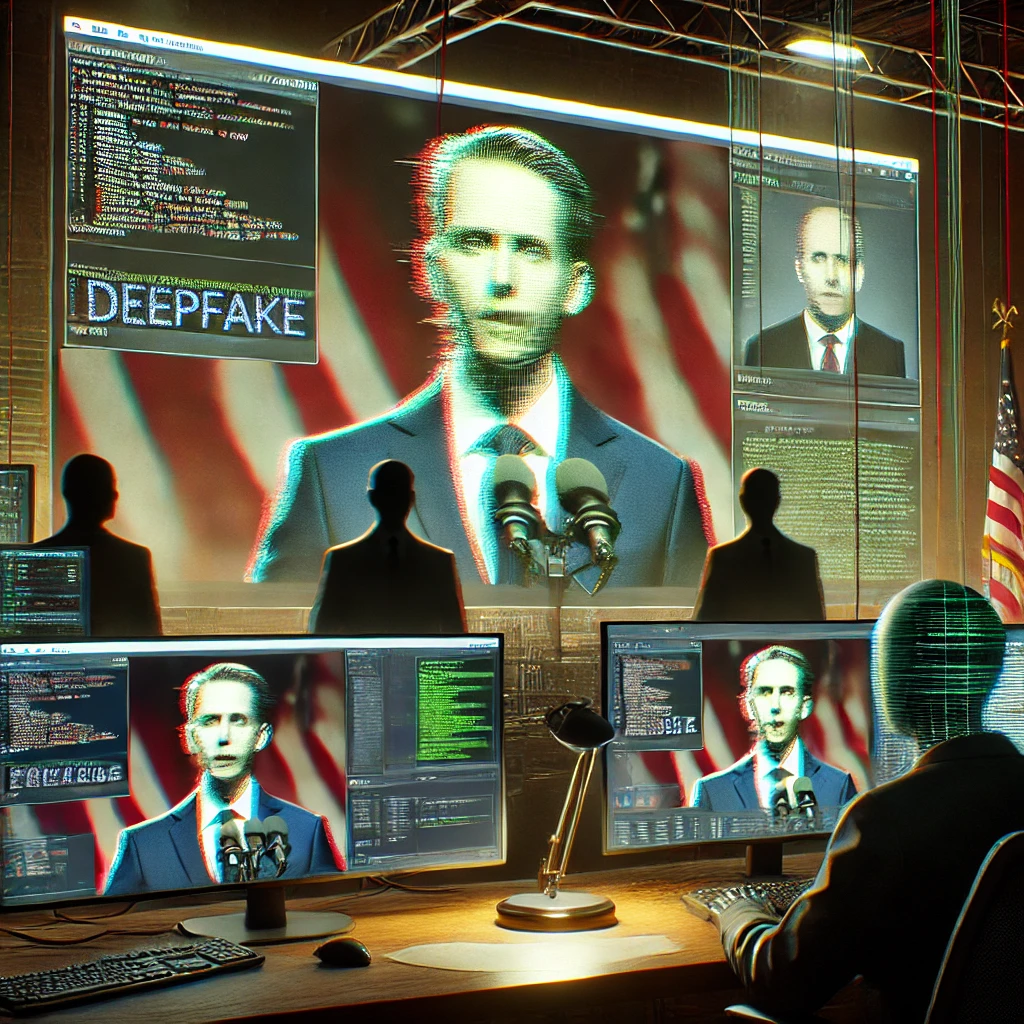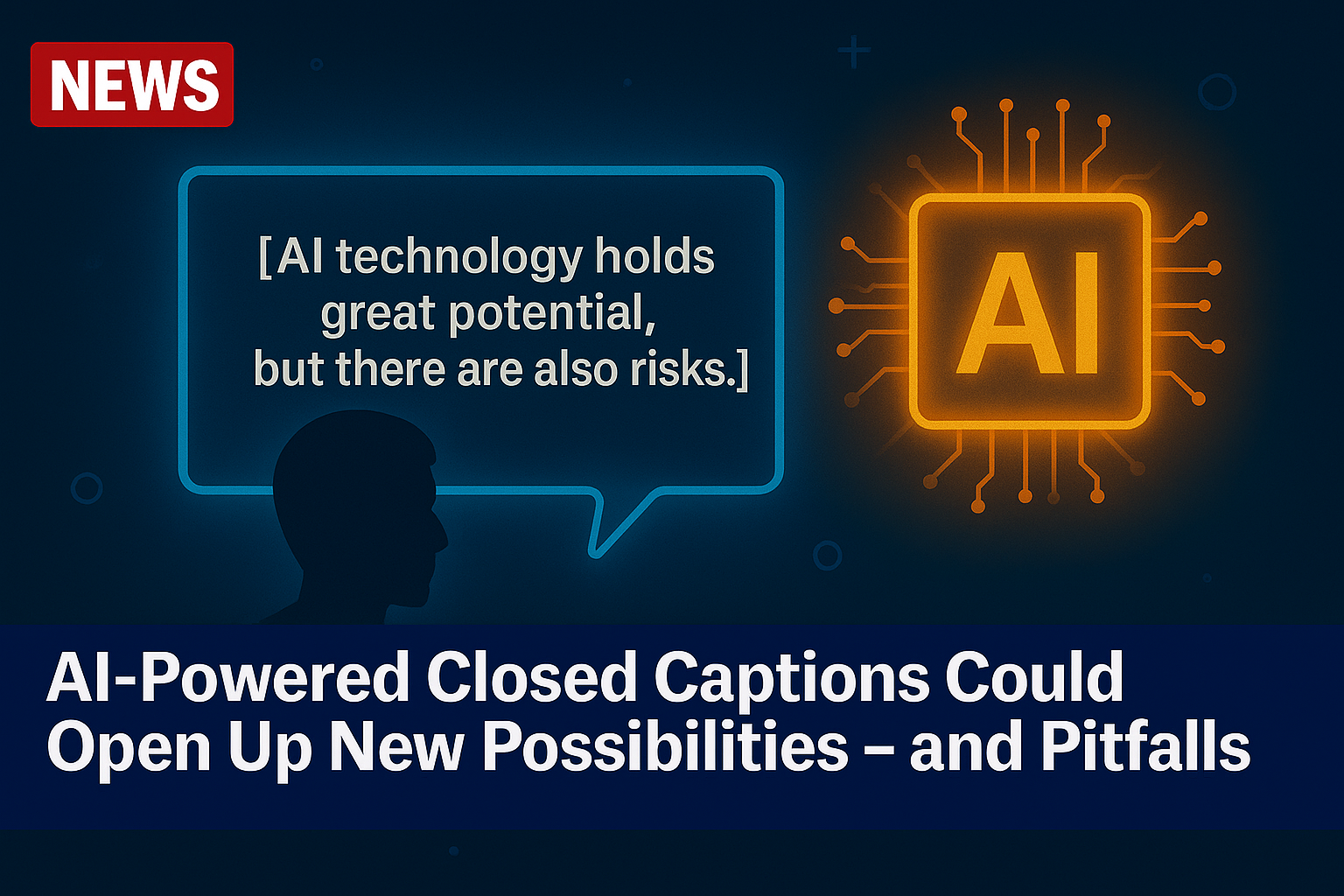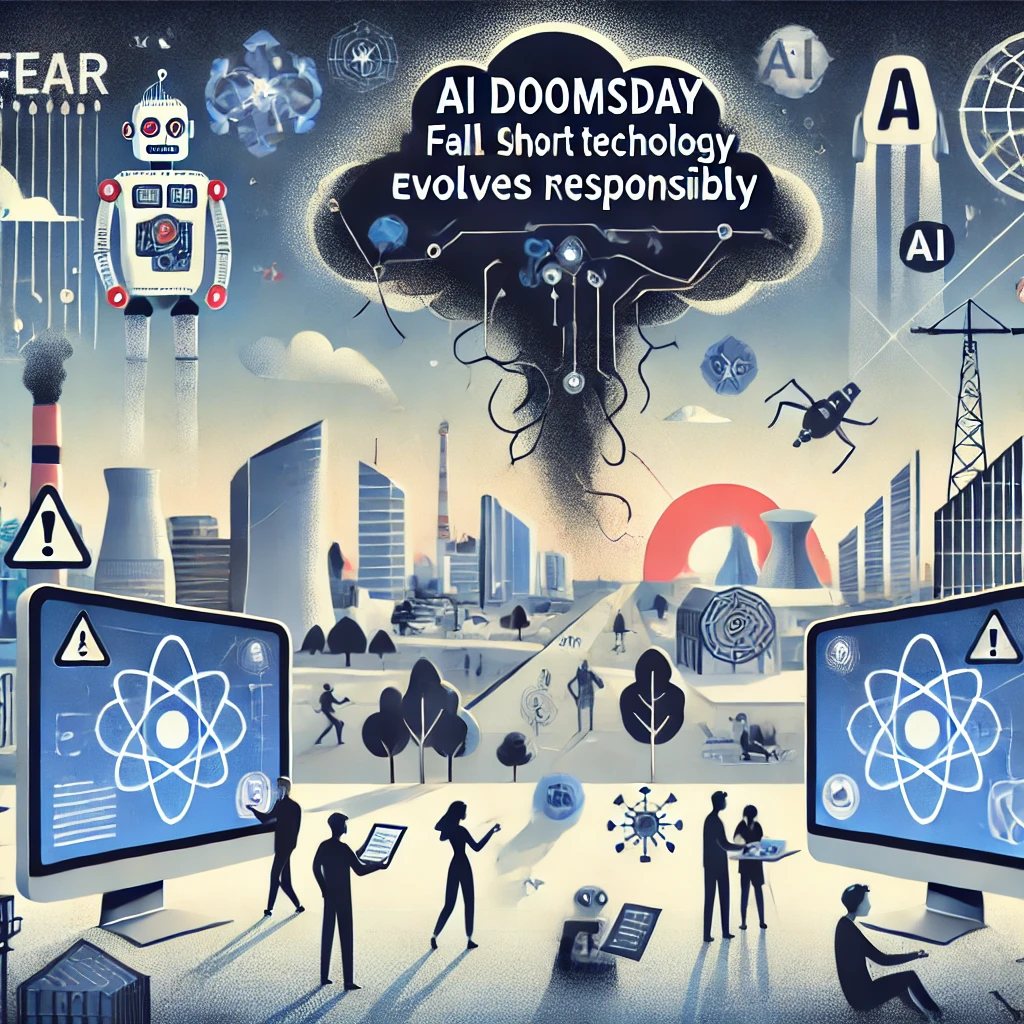A recent AI-driven operation targeting a U.S. senator has raised serious concerns about the growing sophistication of deepfake technology and its potential for misuse in political attacks. The operation, which used AI to create a hyper-realistic video of the senator making inflammatory statements, was quickly debunked as a deepfake, but it underscores a troubling trend in the evolution of AI-backed disinformation campaigns.
This incident illustrates how far deepfake technology has advanced and the risks it poses to public figures and institutions. Unlike earlier, easily detectable deepfakes, this AI-powered video was incredibly convincing, using advanced facial mapping, voice synthesis, and contextual manipulation to create a seamless false narrative. Experts warn that the operation represents the future of AI-driven schemes, where increasingly sophisticated tools could be used to spread false information or tarnish reputations with precision.
As AI continues to evolve, it’s becoming clear that bad actors are finding new ways to exploit the technology for malicious purposes. In this case, the attackers were able to target a high-profile political figure, leveraging the power of AI to create a highly believable video in an effort to mislead the public. Though the video was ultimately exposed, the speed at which it spread on social media before being flagged highlights how dangerous these schemes can be.
Lawmakers and technology experts are now urging for stronger regulations and detection tools to keep up with the pace of AI development. The potential for AI-powered deepfake attacks to influence elections, incite violence, or cause widespread panic is becoming a major concern. It’s more important than ever to remain vigilant and aware of the power of this technology and to foster the development of solutions that can help combat its misuse.
This operation is a clear reminder that AI, while offering enormous potential for positive innovation, can also be weaponized in ways that challenge our trust in information and institutions. However, by staying informed and investing in detection technologies, we can work toward a future where the risks of deepfake schemes are minimized.
Stay engaged in these topics—it’s critical to understand how the technology landscape is shifting! Let me know if you’d like to dive deeper into this or any related areas.





